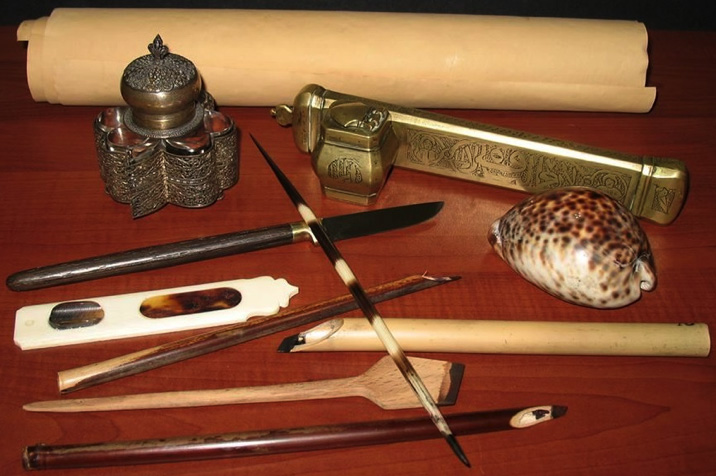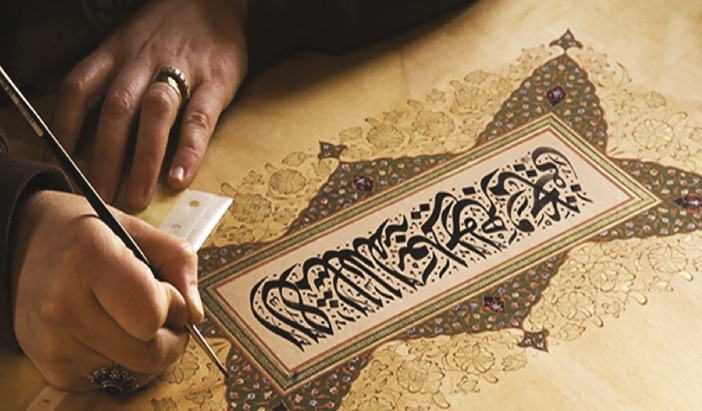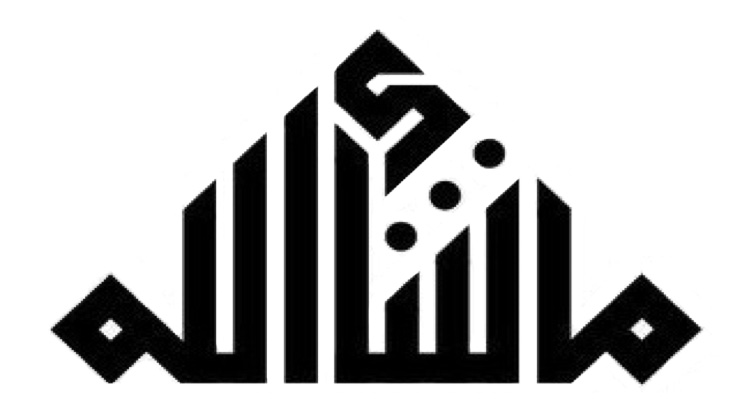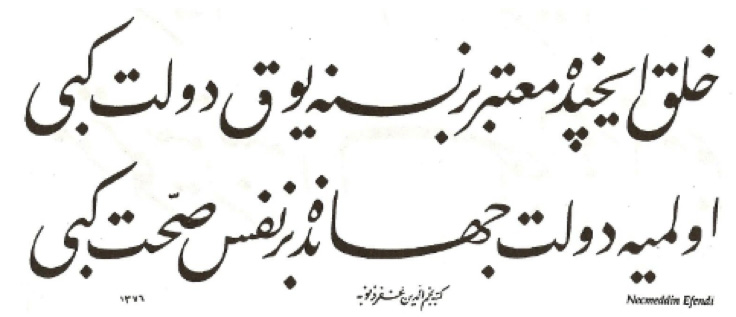Hat
Calligraphy
The art of calligraphy, which has survived from the Ottoman period and developed with the master-apprentice relationship, is the art of writing beautifully formed around Arabic letters. This art is performed with writing and lines. Calligraphy emerged between the 6th and 10th centuries, after the development of Arabic letters. The title given to the person who deals with the art of calligraphy is Calligrapher (in Turkish Hattat).
Calligraphy, which did not progress within the framework of certain rules and was made under the direction of the calligrapher, developed and became widespread through hand-written books before the invention of the printing press. A modern definition of calligraphy is “the art of giving shape to signs in a meaningful, harmonious and dexterous way”.

Scissors, writing set, graded paper, ink, sharpener, pen (pencil box), lika (silk added to the ink), inkwell (small container in which ink is put in), seal (glass tool used to flatten the paper), celi pen (large size) pen made of thick reed or wood for writing)…

Major Calligraphy font types:
Kufi:

Sülüs:
Sülüs means one-third. There are various rumors about where this name came from. However, the fact that a letter written in Sülüs has two-thirds flatness and one-third roundness, can give us an idea about the origin of this name. Sülüs, which has a soft and sweet appearance, is also called ummu’l-hutût (mother of writings). This type of writing was especially used in the writing of book titles, stanzas and tablets.
Nesih:

In Islamic geography, this type of writing is very similar to Sülüs. Sülüs is at a young age of writing. Nesih can mean that it will not turn into something. There are various accounts as to where this name came from. However, it was left to be discouraged because it was used very widely before Nesih and the Kufi script was deprecated. Kufic script was abandoned in Nesih’s lithe and graceful writing of the Qur’an, and Nesih became preferred.

